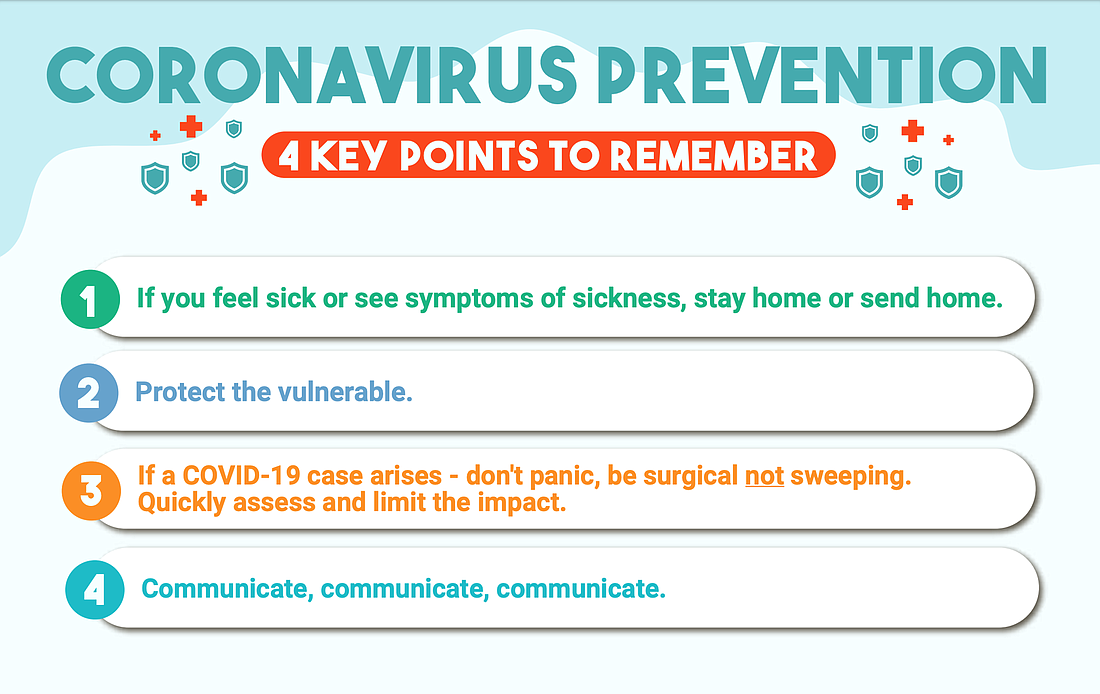- January 16, 2025
-
-
Loading

Loading

Florida education officials have outlined how local school officials should respond when students or employees test positive for the coronavirus, providing more details on what has been a top concern amid school reopenings.
At the heart of the guidelines is a “coronavirus symptomatic decision tree” that lays out who should be sent home, for how long, and for what symptoms, according to a 12-page report released by the Florida Department of Education on Aug. 18.
While Education Commissioner Richard Corcoran has acknowledged coronavirus cases are likely to occur when schools resume in-person instruction, the report spotlights the steps school officials should take when students and teachers get infected at school.
“Simply being in the same classroom, building, or at the same event as a positive or symptomatic person does not mean someone must be contact-traced and self-isolated,” state officials wrote in the report, which was shared with Florida school superintendents on Aug. 18.
Local school officials are being asked to contact a COVID-19 team within the state education agency to discuss the “coronavirus symptomatic decision tree” before shutting down classrooms or schools.
The “decision tree” advises that people who test positive for the virus and who are symptomatic should not be allowed to return to school unless they meet three criteria. The criteria require 10 days to have passed since symptoms began, or 20 days if the illness is severe; at least 24 hours since resolution of fever without the use of fever-reducing medications; and other symptoms have improved.
As Florida continues to battle the coronavirus pandemic, 24 counties have reopened schools in accordance with Corcoran’s July 6 order mandating that all schools offer in-person instruction five days a week by the end of the month. At least three districts — Martin, Bradford and Seminole — have reported positive coronavirus cases among students and teachers since schools began reopening last week.
Earlier this month, the Florida Association of School Superintendents asked Corcoran to provide “clear and articulate processes” for how the state would help local leaders determine who needs to be quarantined and how to handle contact-tracing, the process used to track infections.
Corcoran responded to the letter in a conference call with superintendents last week, urging them to be “very surgical, not sweeping” when responding to coronavirus cases. He offered more details on the guidelines Tuesday.
The goal, according to the report, is to create the least amount of disruption to students’ learning when trying to determine who has been exposed to the coronavirus or when contact-tracing. The plan advises local officials to rely on Centers for Disease Control and Prevention definitions when determining who was exposed to a person who tested positive for COVID-19, the respiratory disease caused by the coronavirus, or had symptoms.
“Minimize disruption by isolating only those individuals,” the plan says.
Students and employees who are not experiencing symptoms but were exposed to someone who is symptomatic and is awaiting test results should be allowed to “continue learning to the greatest extent possible."
Under the state guidelines, exposure is defined as “close contact of 6 feet or less for 15 minutes or more,” in accordance with CDC guidelines.
To prevent the virus from spreading on campus, it is important to tell staff and parents that “adults are the biggest threat to the health of our school community,” education officials wrote in Tuesday's report.
“Everyone should ask themselves, ‘What are my habits outside of work and what am I bringing to work or school every day?’ " the report says.